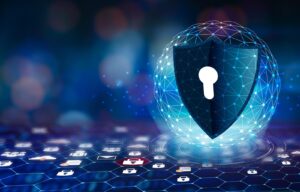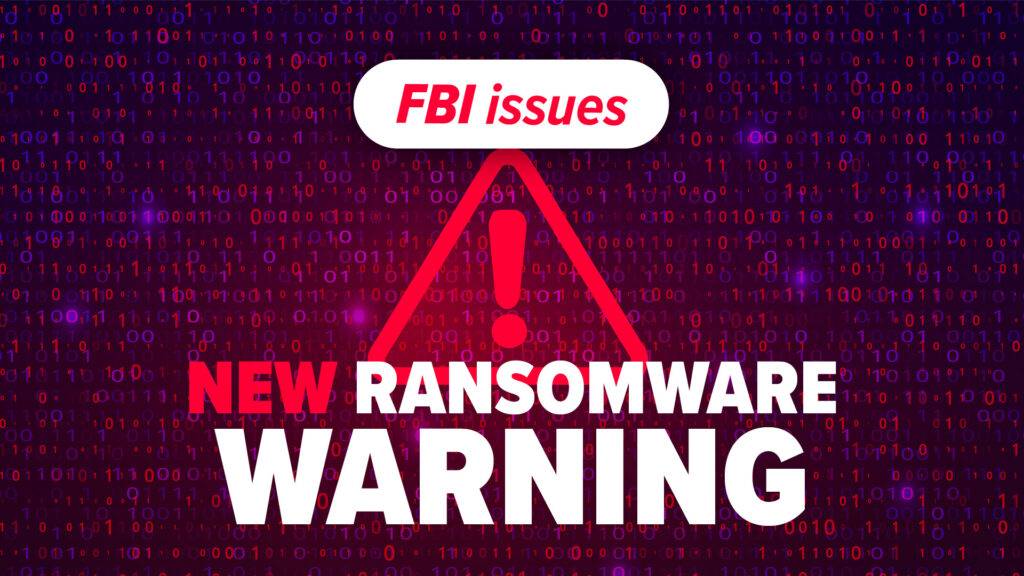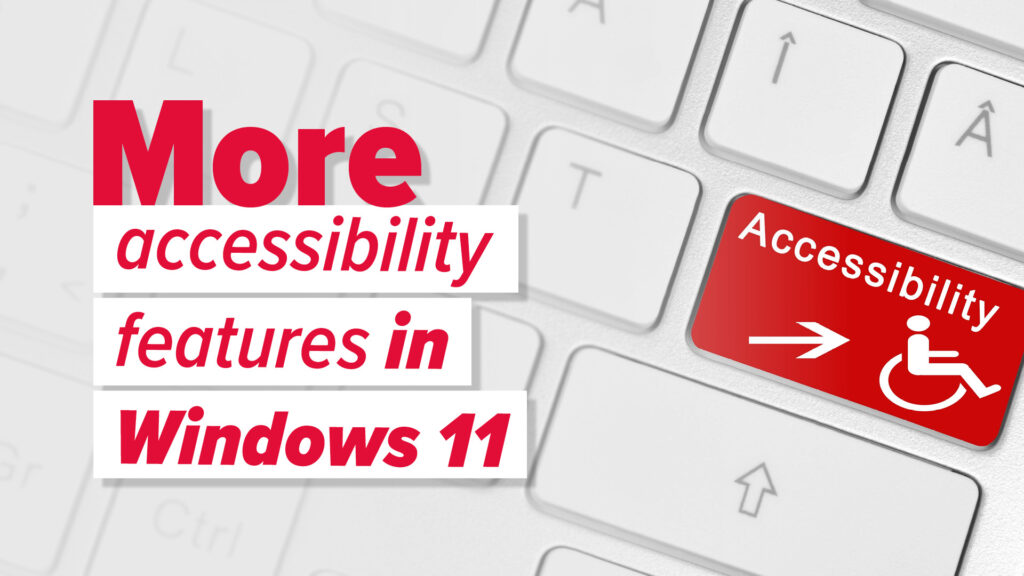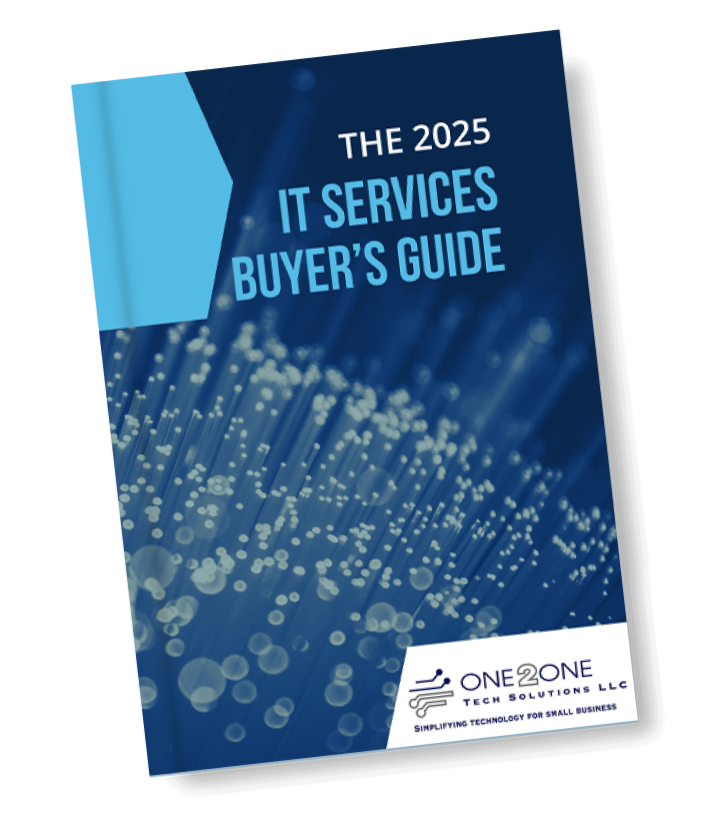Cybersecurity isn’t just a buzzword—it’s an essential shield for modern businesses. Every day, companies face an increasing tide of cyberattacks, from ransomware to complex phishing scams. How can you stay one step ahead of these ever-evolving threats? The answer is simple: a rock-solid cybersecurity strategy. And one of the most critical components of that strategy is event logging—a tool that many business owners don’t realize they need.
What is Event Logging?
Think of event logging as your business’s digital detective. What does it do? It tracks activities across your IT systems, allowing you to identify and respond to potential security threats swiftly and effectively. As your dedicated managed IT service provider, we’re here to guide you through the importance of event logging and how to use it to protect your network.
Event logging is the process of tracking everything that happens within your IT systems. “Event” can mean many things, such as:
- Login attempts
- File access
- Software installations
- Network traffic
- Denied access attempts
- System changes
- And much more!
Event logging tracks all these activities and timestamps them, creating a detailed record of everything that’s happening in your IT environment. It’s this continuous flow of data that helps you detect and respond to threats quickly.
Why is event logging so crucial?
- It helps you spot suspicious activity by monitoring user behavior and system events.
- It enables you to react fast to incidents by providing a clear, accurate record of what happened during a breach.
- It ensures compliance by maintaining accurate logs for audits and regulatory purposes.
To get the most out of event logging, it’s important to follow best practices. Whether you’re just starting or refining your event-logging process, here are the essentials.
Track What’s Important
Let’s face it—tracking everything can create an overwhelming amount of data that’s almost impossible to sift through. Instead, focus on the events that truly matter, those that could indicate a potential security breach or compliance issue.
Here are the key areas to log:
- Logins and Logouts: Monitor who’s accessing your systems and when, including failed login attempts, password changes, and new user accounts.
- Access to Sensitive Data: Track who’s accessing your most valuable files and databases to spot any unauthorized snooping.
- System Changes: Record all changes to your system, from software installations to configuration tweaks, to stay on top of potential vulnerabilities.
By focusing on these critical areas, you can streamline your event logging, making it more manageable—and more effective—especially for small businesses.
Imagine trying to solve a puzzle with pieces scattered all over the place. That’s what it’s like working with logs from different devices and systems. The solution? Centralize your logs in one place. A Security Information and Event Management (SIEM) system can collect and organize logs from across all your devices, servers, and applications, making it much easier to:
- Spot patterns: Connect the dots between suspicious activities across multiple systems.
- Respond faster: Have all the information you need at your fingertips when an incident occurs.
- Get a full picture: See your network as a whole, so you can identify vulnerabilities more quickly.

Protecting your event logs is crucial
Cybercriminals love to cover their tracks by deleting or altering logs. That’s why you need to make your logs tamper-proof. Here’s how:
- Encrypt your logs: Protect them with encryption so only authorized users can view them.
- Use WORM (Write Once, Read Many) storage: Once a log is written, it’s locked in place, preventing any changes or deletions.
- Implement strict access controls: Only trusted personnel should have access to logs, limiting the potential for unauthorized tampering.
Tamper-proof logs ensure you have an accurate record of events, even if an attacker tries to cover their tracks.
Holding onto logs forever isn’t practical, but deleting them too soon can be dangerous. You need a clear log retention policy. Consider these factors:
- Compliance: Some industries have specific regulations regarding how long logs must be kept.
- Business needs: How long do you need logs to investigate incidents or for audits?
- Storage capacity: Ensure your retention policy doesn’t overwhelm your storage resources.
Find the right balance between keeping logs long enough to be useful and managing your storage effectively.
Event logging is only as good as your ability to use it. Don’t just “set and forget” your logs—check them regularly. This allows you to spot any unusual activity or patterns before they become major problems. Here’s how:
- Set up automated alerts: Get notified immediately when critical events happen, such as failed logins or unauthorized access.
- Perform periodic reviews: Regularly dive into your logs to look for patterns that might indicate a threat.
- Correlate events: Use your SIEM to connect the dots between different activities. It can reveal more complex attacks that might otherwise go unnoticed.
As your trusted managed IT service provider, we’re here to help you implement these practices and keep your business protected. Whether you’re just starting with event logging or looking to enhance your existing strategy, we’ve got you covered. Let’s ensure your network stays safe and secure!







